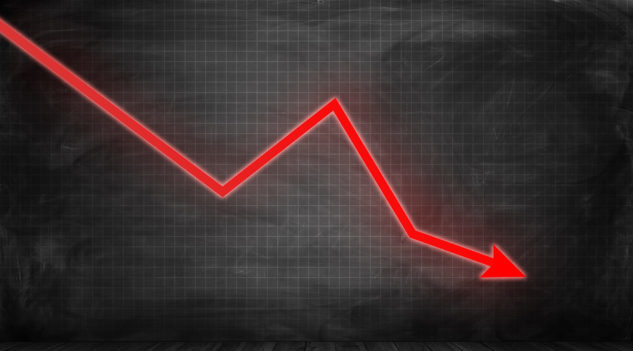The latest Xero Small Business Index reveals a slowdown in sales and wage growth among Australia’s small businesses after they fared well throughout 2023 amidst challenging macroeconomic conditions.
The Xero Small Business Index itself averaged 115 points in the December quarter, down 10 points from the September quarter. It also noted a significant shift in December when the Index fell 37 points to 89 points, its lowest level since September 2020 and the first time in a year the Index has dropped below the 100 level. This is also the largest single-month decline since April 2020, when the economy was essentially closed down by the pandemic.
“Multiple interest rate rises and higher-than-usual inflation are impacting household budgets and we can see a shift in the December data, particularly in the retail sector,” Louise Southall, Xero Economist, commented. “It’s important to acknowledge that the soft December result happened when retailers and hospitality businesses, in particular, expect to be busy with heightened consumer activity. Looking ahead, conditions are likely to remain challenging as interest rates stay high and inflation is still above the central bank’s target.”
Sales growth also slowed down in the December quarter, averaging 1.7 percentage points less than the September result (6.8 per cent y/y). Sales only rose 0.9 per cent y/y in December, but it was the smallest rise in sales since January 2021. Across the industries, retail (+1.2 per cent y/y), wholesale trade, (-0.1 per cent y/y) and agriculture (-4.0 per cent y/y) recorded weak sales during the December quarter, while health care (+13.0 per cent y/y) and education and training (+11.1 per cent y/y) had strong sales growth.
The Index also reported that while wage growth remained fairly steady in the December quarter, up slightly from the September quarter result (2.8 per cent y/y), there was a distinct slowdown in December, with wages rising just 2.5 per cent y/y. This result contrasts the upward trend seen at a national level, with the wage price index (WPI) rising 0.9 per cent in the December quarter and 4.2 per cent in the 12 months to December, which is being interpreted as the inability of small-business owners to compete with larger businesses on pay increases.
Despite the slowdown in sales and wages, the report noted that these were partially offset by a modest pick-up in jobs growth in the final few months of the year. Jobs growth (3.5 per cent y/y for the December quarter) was above the pre-COVID average for this series (3.0 per cent y/y), and showed a moderate increase when compared to the September quarter (2.7 per cent y/y). The hospitality workforce experienced a fall in jobs in the December quarter (-1.2 per cent y/y), while health care (9.5 per cent y/y) and education and training (6.6 per cent y/y) had the fastest growing staff levels
Meanwhile, the report found little change in payment times as the December quarter findings showed the same result as the September quarter. On average, payments were made 6.3 days late in both the December and September quarters and only slightly longer (6.6 days) in the first half of 2023.
“In the face of headwinds, small businesses are needing to get creative when it comes to key issues such as finding new customers, staying productive, and addressing staff shortages,” Theo Konstantas, Interim Country Manager at Xero Australia, said. “This might involve adopting new technologies to streamline processes and unlock opportunities. It’s important that small businesses leverage their support networks, particularly their advisors, during challenging periods to determine some of the actionable steps they can take.”















